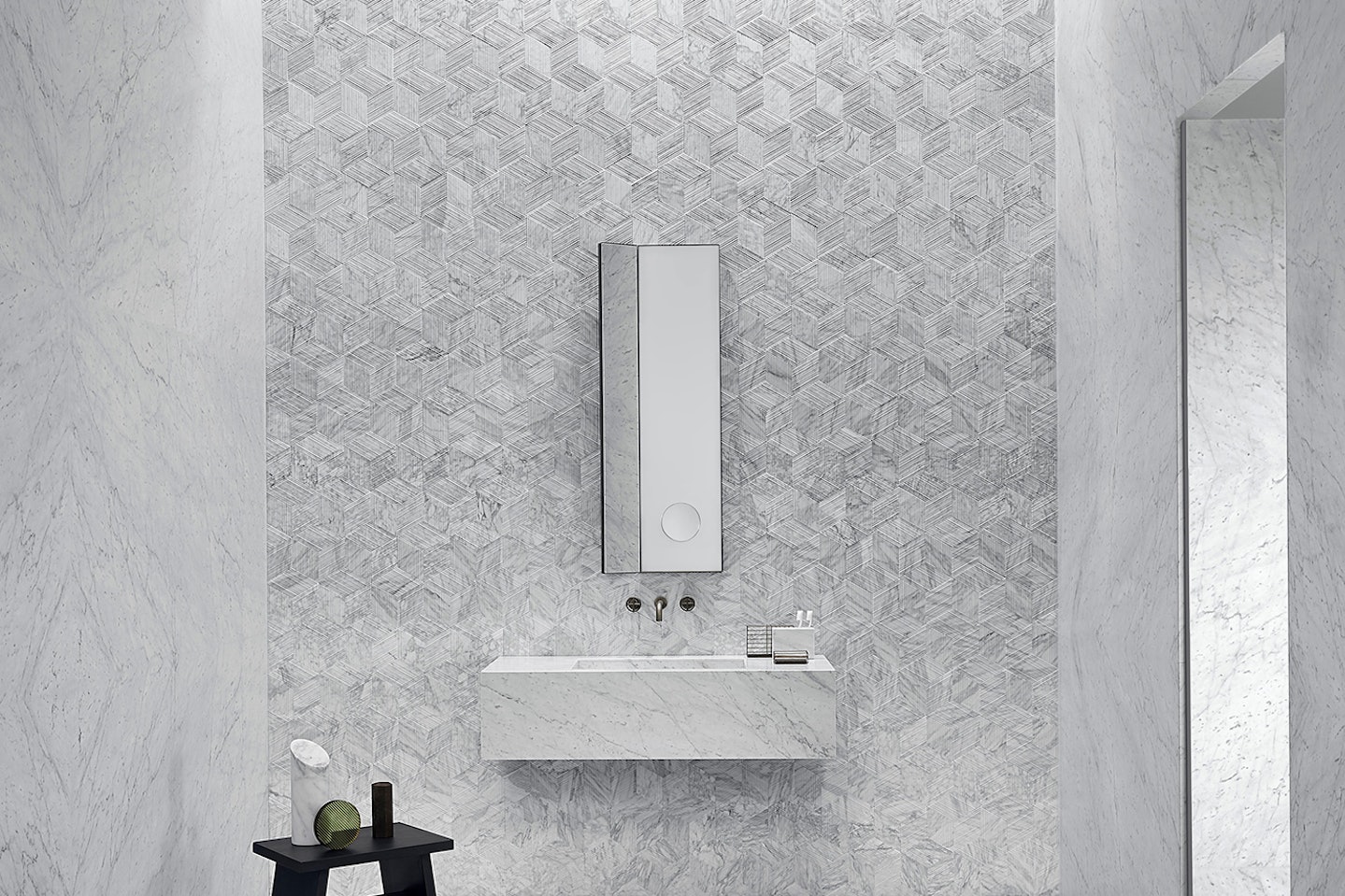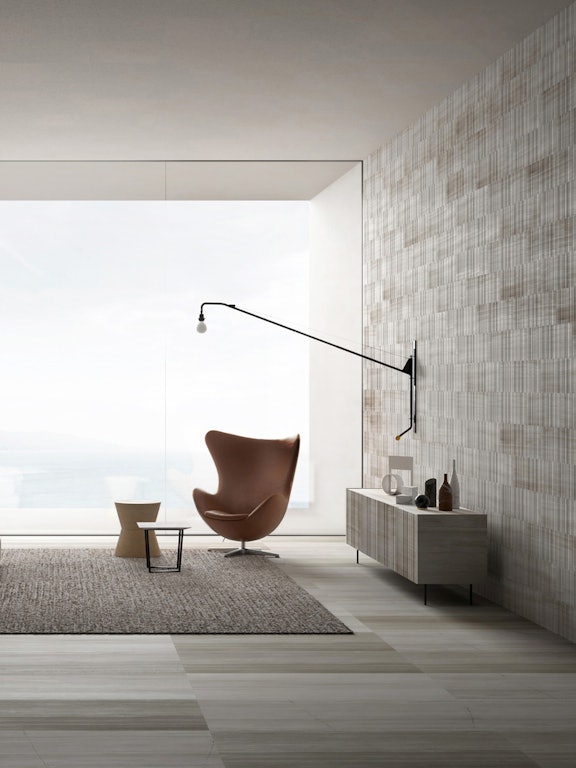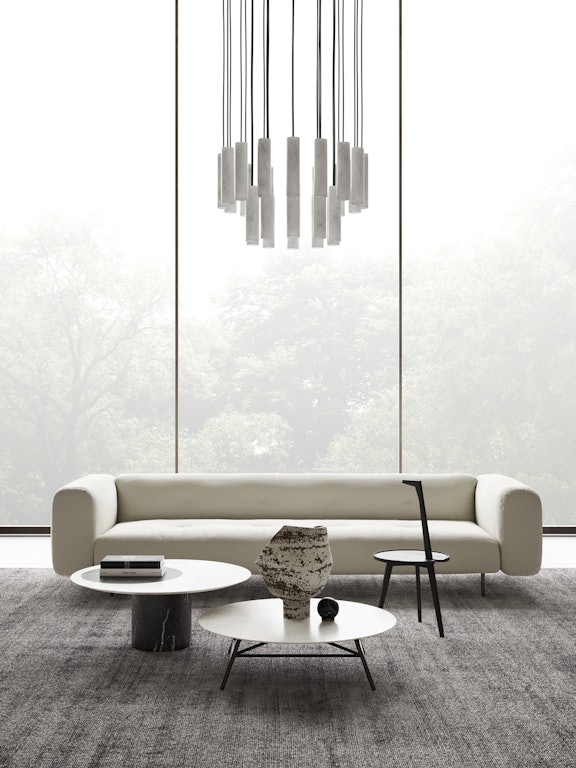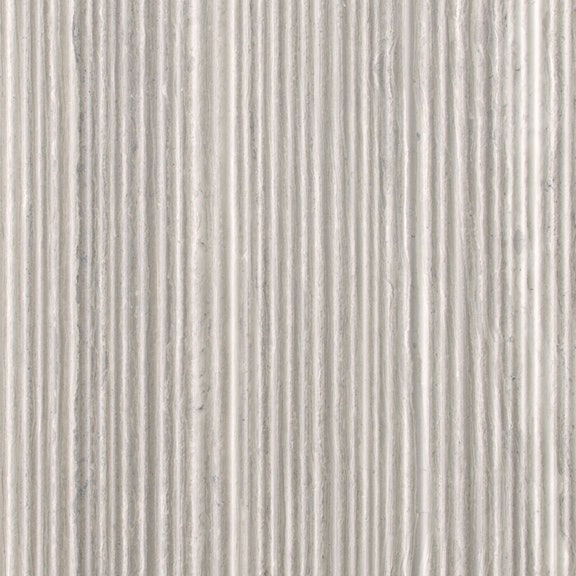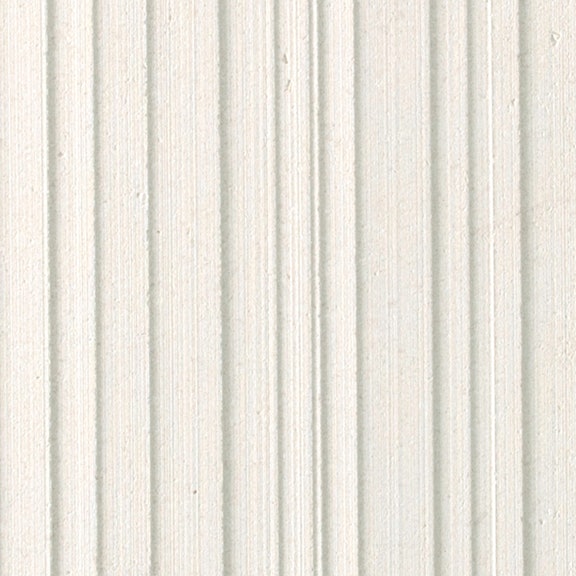All you need to know about great lighting for interior design in natural stone
03.2022
Learn all you need to know about great lighting for interior design in natural stone
Light and lighting are exceptionally important in bringing out the texture of tiles and as such, are aspects that should be considered early on in the design process, based on the type of finish that will be used.
Smart use of light will not only enhance the effect of the texture itself, but also the space as a whole.
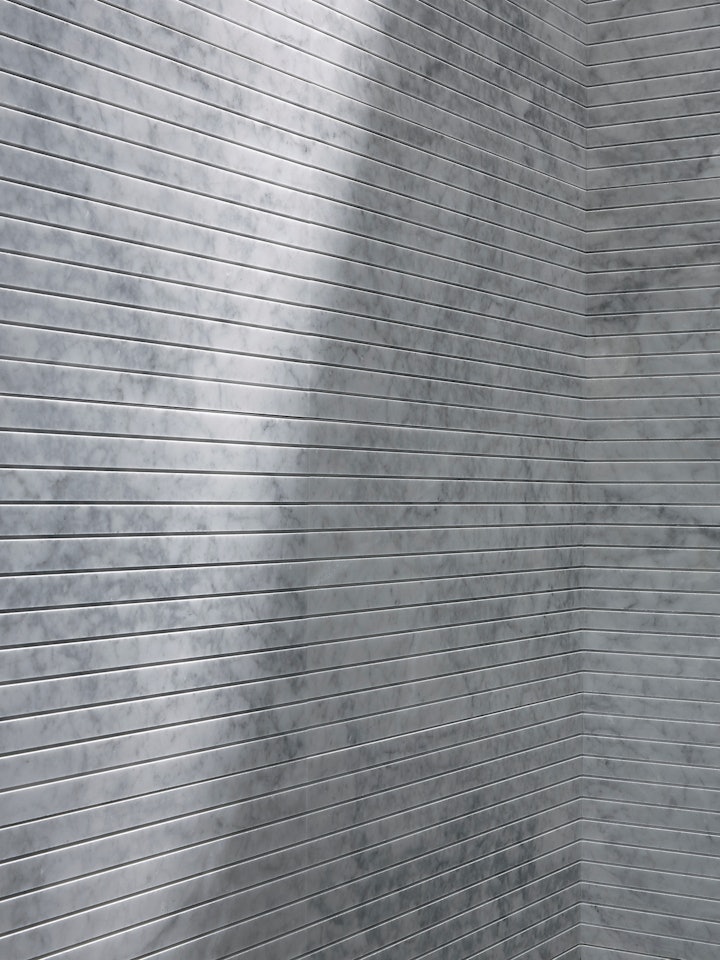
Natural Light
When designing an interior and considering the part natural light plays in it, you need to think about the various atmospheric conditions, geographical position, seasonal variations, the shape and layout of the space, any internal reflective surfaces and the placement and type of windows.
Light is a fantastic accessory in architecture, not only in its more functional sense, but also as a means of improving the perception and interpretation of the places we inhabit. It is an element that can be used to great effect to shape our mood and emotions and essentially sets the stage in interior design when it is used to alter the perception of volumes, to shape surfaces and highlight the tactile nature and texture of our finishes.
Many of our stone tiles include an arrow on the back to help the laying process, and it is important to note that this arrow should always point towards the main source of illumination.
The light should bring out the texture, and throw it into relief, playing with light and shadow, and in fact the shadow serves to hide the joint between tiles and create a fluid effect.
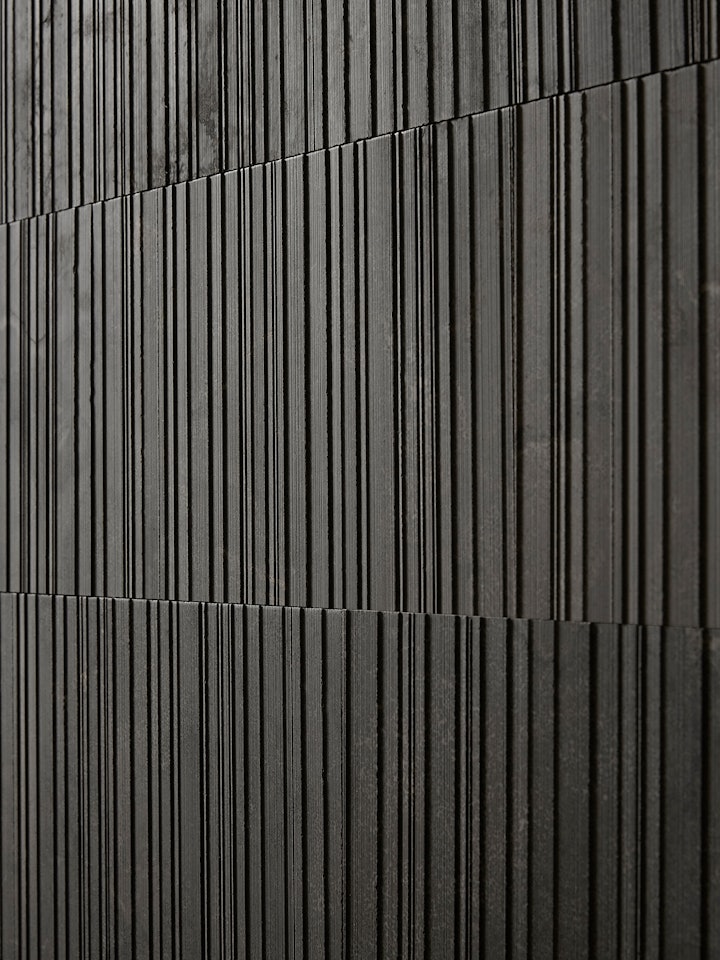
Artificial Light
Whilst natural light is important in optimising the effect of our tiles, artificial lighting also has a key role to play. It is the magic ingredient that brings the textures to life.
Depending on the texture itself and its laying pattern, we use a fixed or adjustable light source. If it is fixed, as a rule of thumb, it should be positioned at a maximum of 30 cm from the surface you are lighting.
If you are working with adjustable lighting, that distance increases to 60 cm if you wish to achieve an oblique illumination that creates theatrical shadows and picks out the details of the texture.
There are a number of different types of lighting options and bulb types and the choice should be made based on the interior design and the effect you are looking for. For commercial spaces the idea solution, especially if you seeking plenty of flexibility, is to use ceiling tracks with adjustable spotlights. By way of description, this solution is made up of a series of lights that can be moved along a metal track that is attached to the ceiling.
An increasingly popular version is set into the ceiling so that it becomes almost invisible. When it comes to creating designer illumination, the track is an excellent solution because you can attach different types of lights to it, adjust their angles as you wish and change or remove them very easily.
At Salvatori, we are big fans of LED, not least because of the reduced environmental aspect.
LED lights consume significantly less power compared to the standard bulbs that you find on the market today. They are also highly efficient in terms of directing the light to a specific area rather than dispersing it generally, as is the case with halogen lights.
Not only does this aspect improve the quality of the light emitted and its theatrical effect on the tile texture, but also delivers energy savings so it really is an all-round winning solution!
LED lighting has a temperature-related colour, and we recommend between 2700 and 3000 K to create a lovely natural light effect.
